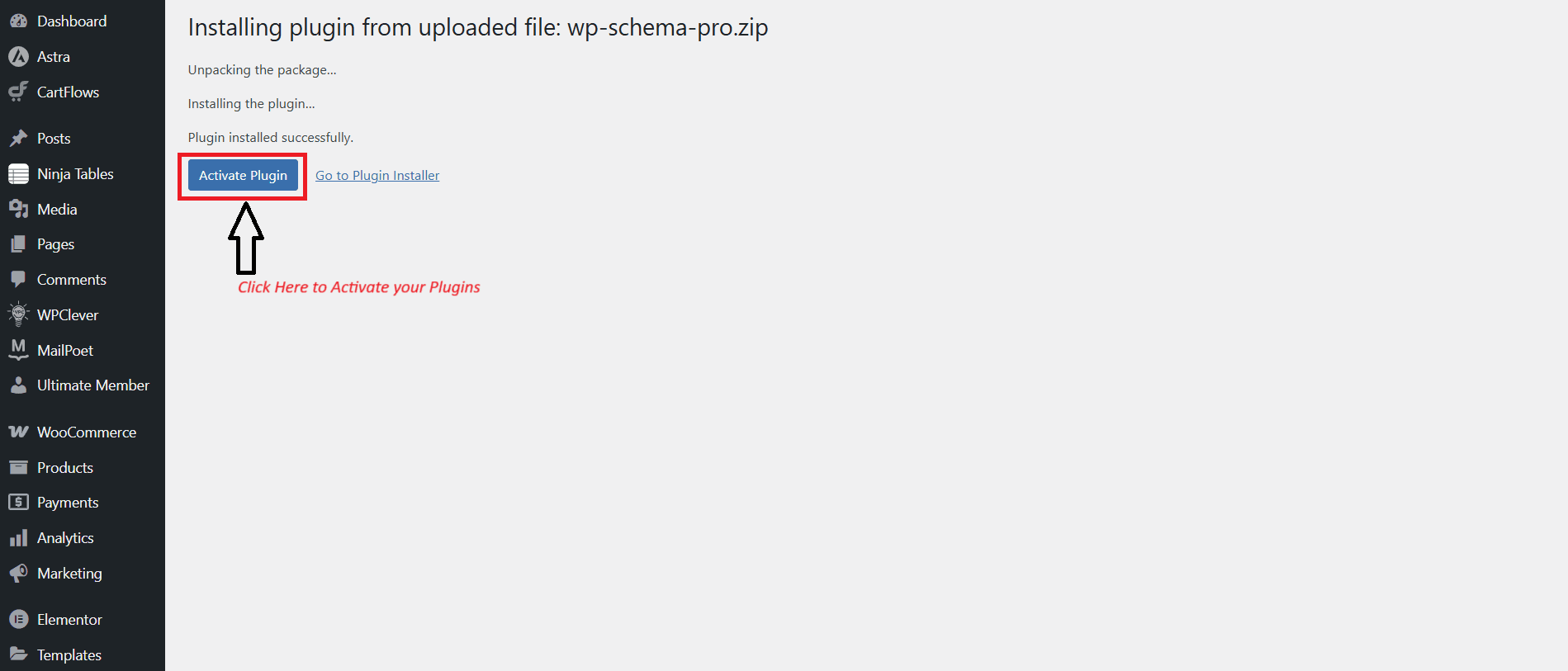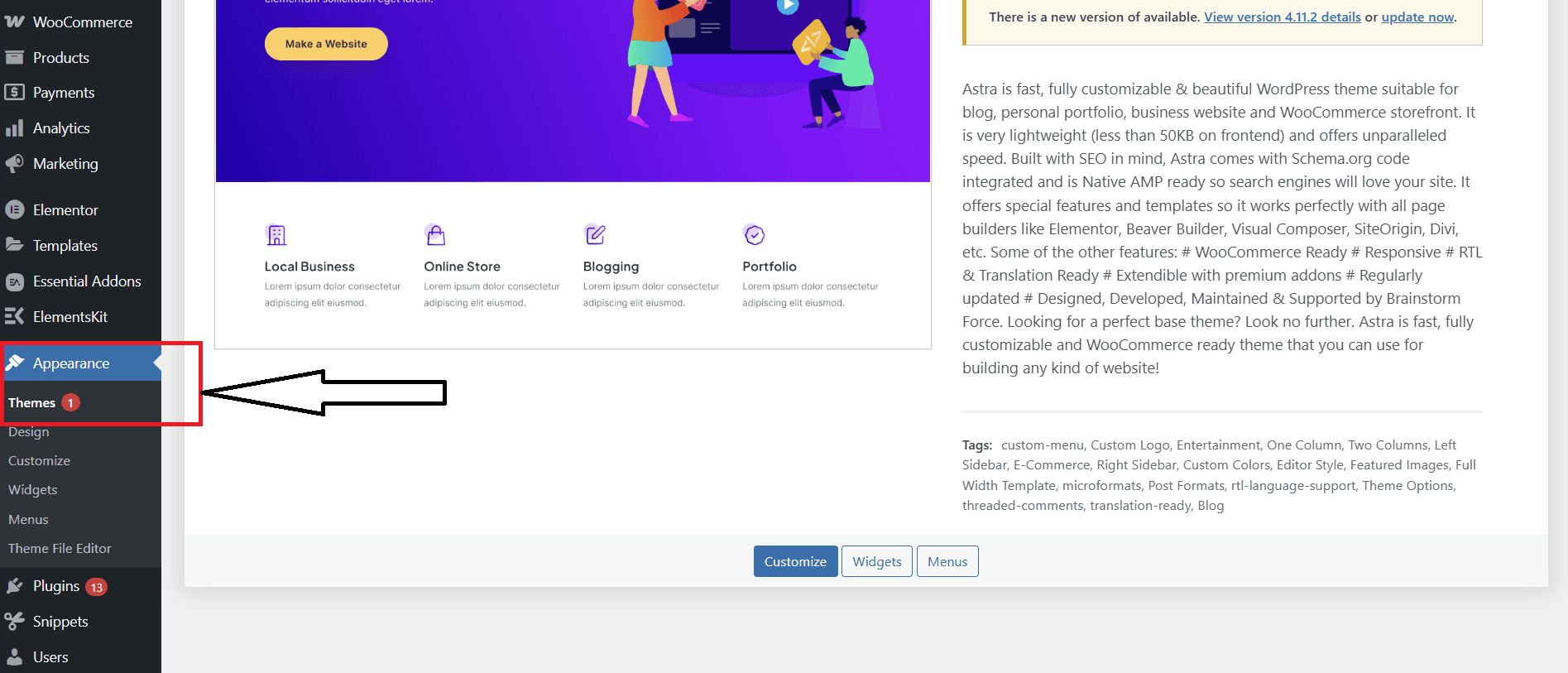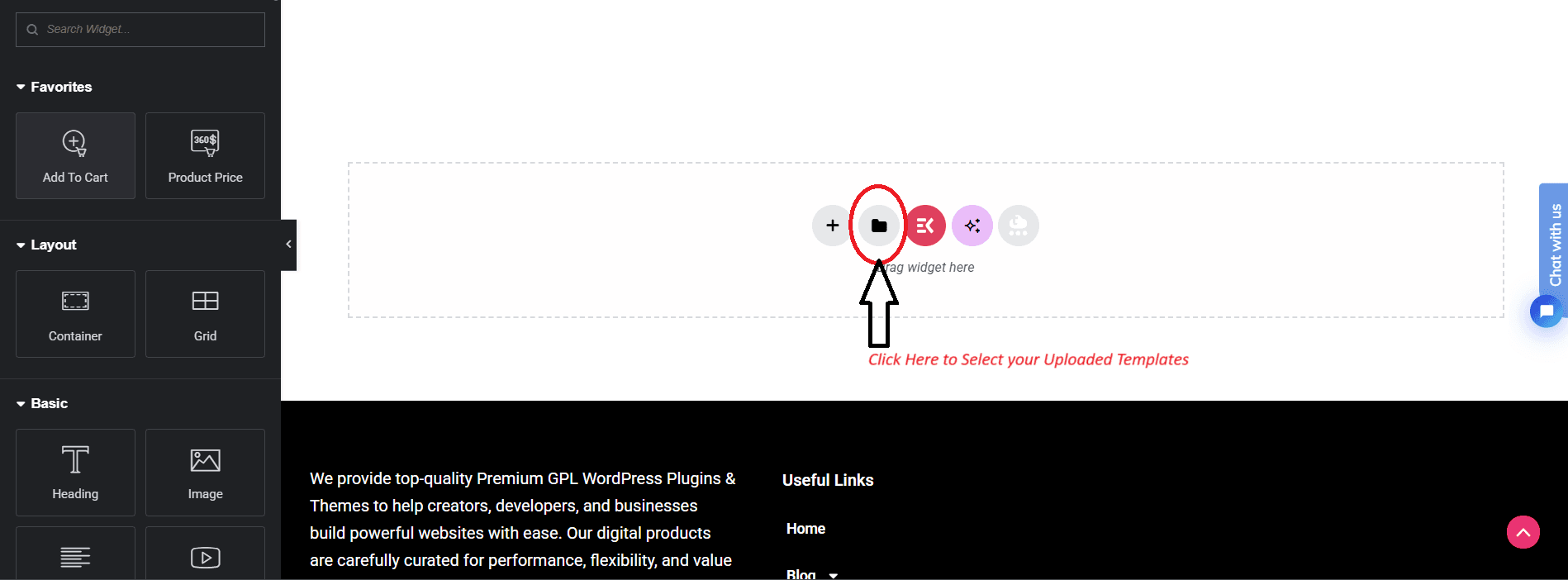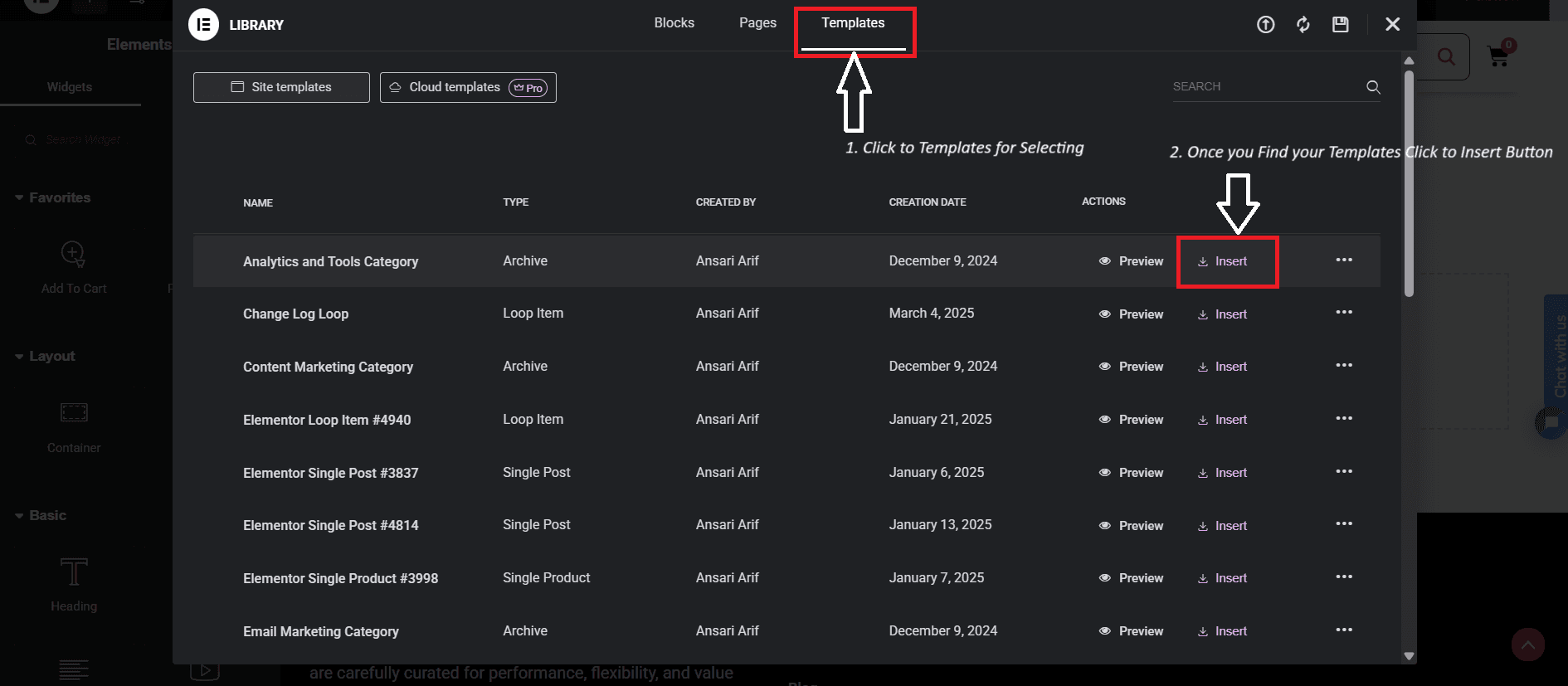How to Install WordPress Plugins, Themes, and Elementor Templates
This guide will walk you through the process of Installing GPL WordPress Plugins, Themes, and Elementor Templates
Important Recommendation
Before installing any GPL items, it's highly recommended to install the "Easy Theme and Plugin Upgrades" plugin. This plugin helps avoid installation conflicts, especially if you have previous versions of the product installed. You can find it in the WordPress free plugin repository. To use it, simply install and activate the plugin. Once activated, you can install and update any theme/plugin by simply uploading a .zip file.
How to Install a Plugins
- Download the Plugin:
- Download the .zip file for the plugin you want to install.
- Login to Your WordPress Website:
- Access your WordPress admin dashboard.
- Navigate to the Plugin Installation Page:
- Go to “Plugins” > “Add New”.

- Upload the Plugin:
- Click the “Upload Plugin” button at the top of the page.
- Select the .zip file you downloaded.
- Install the Plugin:
- Click the “Install Now” button.

- Activate the Plugin:
- Once the installation is complete, click the “Activate” button.

How to Install a Themes
- Download the Theme:
- Download the .zip file for the theme you want to install.
- Login to Your WordPress Website:
- Access your WordPress admin dashboard.
- Navigate to the Theme Installation Page:
- Go to “Appearance” > “Themes”.

- Upload the Theme:
- Click the “Add New” button at the top of the page.
- Click the “Upload Theme” button at the top of the page.
- Select the .zip file you downloaded.
- Install the Theme:
- Click the “Install Now” button.

- Activate the Theme:
- Once the installation is complete, click the “Activate” button.

How to Install a Elementor Template file
- Download the Template:
- Download the Elementor template file. This is usually a
.jsonfile.
- Download the Elementor template file. This is usually a
- Login to Your WordPress Website:
- Access your WordPress admin dashboard.
- Navigate to the Elementor Templates Section:
- Go to “Templates” > “Saved Templates”. If you don’t see “Templates” in your dashboard, make sure Elementor is installed and activated.

- Import the Template:
- Click the “Import Templates” button.
- Choose the
.jsonfile you downloaded. - Click “Import Now”.

- Use the Template:
- When editing a page or section with Elementor, click the “Add Template” icon (it looks like a folder).
- Go to the “My Templates” tab.
- Find the template you just uploaded and click “Insert”.


Troubleshooting Installation Errors
- Double Compression: Some products, especially from marketplaces like Themeforest and Codecanyon, may come in a double-compressed format (a zip file inside another zip file). If you encounter an error, unzip the main zip file and look for the installable zip file inside.
- Incorrect Upload Location: Ensure you are uploading plugins in the “Plugins” section, themes in the “Appearance” section, and Elementor templates in the “Templates” section.
- Minimum Requirements: Make sure your WordPress installation meets the minimum requirements:
- Apache or NGINX based web server with 128MB of RAM
- PHP version 5.6 or 7.0
- MySQL version 5.6+ or MariaDB version 10.0+
- Apache Module mod_rewrite
- PHP Settings: Verify that your web server has the correct PHP settings:
max_execution_time = 600;max_input_vars = 5000;memory_limit = 256M;post_max_size = 128M;upload_max_filesize = 128M;
- Large Themes: For themes larger than 200MB, use FTP to upload the theme files.
- Elementor Template Import Issues: If you have trouble importing Elementor templates, make sure you have the latest version of Elementor installed. Also, check the file size of the
.jsonfile; very large templates might exceed your server’s upload limits.
- “The package could not be installed. The theme is missing the style.css stylesheet” Error: This usually means you’re trying to upload the entire theme package instead of just the installable theme .zip file. Unzip the downloaded package and look for the correct .zip file within it.
- “Are you sure you want to do this?” Error: This is often caused by PHP memory limits. Increase the
memory_limitin yourwp-config.phpfile or your server’s PHP settings (as mentioned above). You can add this line to yourwp-config.phpfile:define( 'WP_MEMORY_LIMIT', '256M' ); - Plugin/Theme Already Exists: If you’re updating a plugin or theme, make sure to deactivate and delete the old version before uploading the new one. Using the “Easy Theme and Plugin Upgrades” plugin (mentioned at the beginning) is the best way to avoid this.
- Conflicting Plugins: Sometimes, plugins can conflict with each other, causing installation errors or website issues. Try deactivating all other plugins and then installing the new plugin or theme. If it installs successfully, reactivate your other plugins one by one to identify the conflicting plugin.
